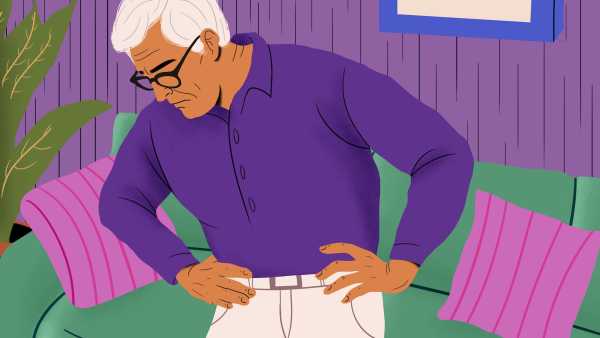
The new coronavirus is rapidly spreading around the world, reaching every continent except Antarctica. As of March 2, there have been more than 80,000 illnesses reported in China, and more than 8,700 illnesses reported outside of mainland China in 64 countries, according to the World Health Organization. Large outbreaks have been reported in South Korea, Italy and Iran, and there are a growing number of cases in Europe and the United States.
Here’s what to do if you have or suspect you have COVID-19, the disease caused by the new coronavirus.
Stay home if you have mild symptoms
People with mild symptoms — even if they haven’t tested positive for the novel coronavirus — such as mild fever, cough or sore throat, should isolate themselves at home while they are sick, according to the Centers for Disease Control and Prevention (CDC). That means don’t go to the office, school or public areas, and avoid using public transportation or ride-sharing services.
While at home, you should also separate yourself from other people as much as possible, for example, by staying in a specific room, and using a separate bathroom if one is available, the CDC says.
In addition, you should limit contact with your pets until more information is known about whether the virus can spread to other animals, the CDC says. However, there are currently no confirmed reports of people transmitting the infection to their pets.
All about COVID-19

—See live updates on the new coronavirus
—How does the new coronavirus compare with flu?
—Why are children ‘missing’ from coronavirus outbreak?
Seek medical care for more serious symptoms
Those with COVID-19 should monitor their symptoms and seek medical care if their symptoms worsen, according to the CDC.
Symptoms that require medical attention include high fever, weakness, lethargy or shortness of breath, Live Science previously reported. Medical care for these symptoms is particularly important for those who are older or who have underlying medical conditions, who appear to be most at risk for serious complications from COVID-19. “The older you are, the shorter the fuse you should have for seeking care,” Dr. George Rutherford, a professor of epidemiology and biostatistics at the University of California, San Francisco, told Live Science in a Feb. 27 interview.
Take precautions when visiting the doctor
Before going to the doctor, the CDC advises that you call ahead and let your physician know that you have or may have COVID-19. This way, your health care provider can take steps to prevent others at the office from being infected. You may also need to enter the facility through a separate entrance or visit a designated area, such as a triage tent, Live Science previously reported.
Wear a face mask when around others
Many people have donned face masks to protect themselves from the virus, but health officials generally do not recommend face masks for people who are well. The only times you should wear a face mask are if you are sick with the virus or caring for other people who are sick. In particular, people with COVID-19 should wear a face mask if they visit their doctor’s office.
Practice good hygiene
It sounds simple enough, but good hygiene practices are critical to preventing the spread of the new coronavirus. These include washing hands often for at least 20 seconds (especially after coughing, sneezing, blowing your nose or using the bathroom, and before eating or preparing food); covering your mouth with a tissue or your elbow when you cough or sneeze; cleaning frequently touched surfaces such as doorknobs, tabletops, bathroom fixtures, keyboards and tablets; and avoiding sharing personal items like dishes, eating utensils, towels and bedding, the CDC says.
Sourse: www.livescience.com





